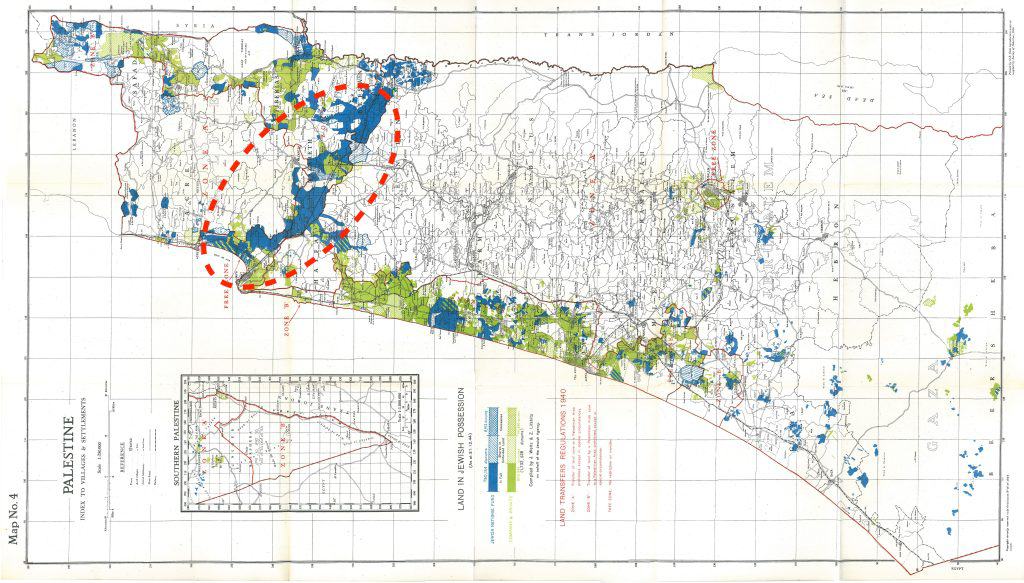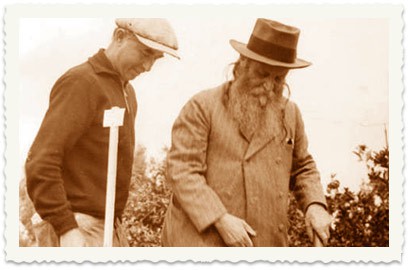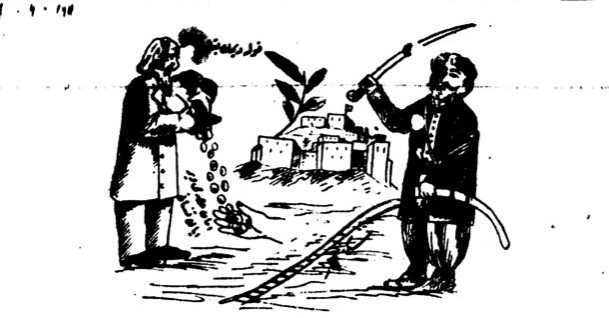The Sursock Purchases were a series of land purchases in the Jezreel Valley in Palestine by Yehoshua Hankin, a Jewish land agent, in 1920. The Sursock, a wealthy Lebanese Christian family, made the purchases.
Jewish Land Purchases in Palestine

The family, a prominent Christian Lebanese family, was involved in significant land purchases in Palestine during the late 19th and early 20th centuries. These land acquisitions were part of a broader trend of foreign land ownership in the region, which had implications for the local population and the dynamics between various communities.
The Biggest Acquisition of Land
The Sursock Purchases were the largest land purchase in Palestine up to that time. They totaled 60,000 dunams (60 km²), an area about the size of Tel Aviv. The land was located in a strategic location, and it was considered to be some of the most fertile land in Palestine.
The Sursock Purchases were controversial. The Arab population of Palestine saw them as a threat to their land and way of life. The purchases also led to tensions between the Arab and Jewish communities.
Despite the controversy, the Sursock Purchases were a significant success for the Zionist movement. They helped secure a large amount of land for Jewish settlement, and they played a significant role in establishing the State of Israel.

Land Acquisitions:
The Sursock family acquired substantial land holdings in various parts of Palestine, particularly in the late 19th and early 20th centuries. They purchased land in cities like Jaffa, Jerusalem, and Haifa, as well as in rural areas.
Acreage and Significance: The exact extent of the Sursock family’s land holdings is not always clear, and estimates vary. However, their acquisitions were significant and had an impact on the local landscape. Their properties included agricultural land, urban properties, and commercial real estate.
Implications: The foreign land ownership, including by families like the Sursocks, was a complex issue in Palestine during this period. Local Arab peasants often worked on these lands and, in some cases, became tenant farmers. As foreign landowners, families like the Sursocks had the potential to influence local economic and social dynamics.
Local Reactions: The foreign ownership of land, particularly by non-Muslim families like the Sursocks, sometimes raised concerns among the local population. It led to tensions and disputes over land rights and tenancy arrangements.
Yehoshua Hankin

Historical Context:
The Sursock family’s land purchases were part of a broader pattern of foreign land ownership in Palestine. Other foreign landowners included individuals from various nationalities and backgrounds, including Jewish, Christian, and Muslim families.
Changes in Ownership: The situation of foreign landownership shifted with time, especially in the tumultuous years leading up to and following World War I. Changes in political control and governance affected landownership patterns, and the establishment of the British Mandate over Palestine introduced new legal and administrative frameworks.

Legacy and Impact:
The Sursock family’s land acquisitions contribute to the complex tapestry of landownership in Palestine’s history. Their story highlights the region’s intersections of religion, identity, and economics during a transformative period.
The Sursock family’s land purchases are a part of the broader history of landownership and its implications in Palestine. They reflect the complex interplay of various communities, interests, and historical events that shaped the region during a critical era of change and transition.

